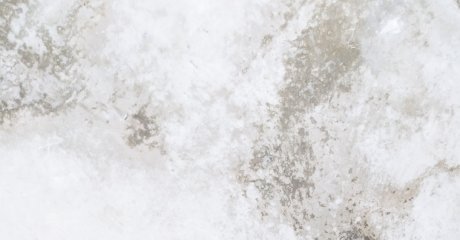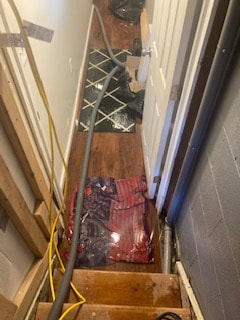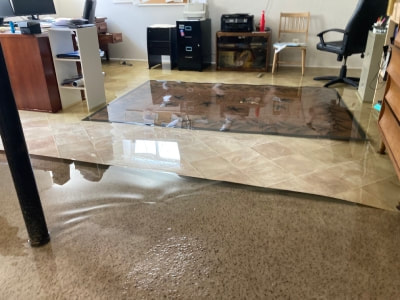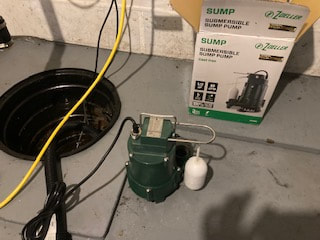March has finally arrived after a long winter and even though the ground is still snow laden, signs of spring are starting to emerge in the Capital Region here in New York. Before spring is in full bloom, it’s important to take some precautionary steps to prevent spring flooding in your home and business.
No property is immune from flooding and even those homes or businesses in low risk flood areas can succumb to water damage when the conditions are right.
According to FEMA, around twenty percent of flood insurance claims are from properties in moderate to low risk flood zones. That is why it’s imperative to take the preventative measures outlined here to reduce the likelihood of this occurring.
No property is immune from flooding and even those homes or businesses in low risk flood areas can succumb to water damage when the conditions are right.
According to FEMA, around twenty percent of flood insurance claims are from properties in moderate to low risk flood zones. That is why it’s imperative to take the preventative measures outlined here to reduce the likelihood of this occurring.
Common Causes of Springtime Flooding in Albany, NY
Snowmelt
It is quite common for March to be a pretty tumultuous month when it comes to weather and we often see quite a bit of snow piled on us just before the warmer weather arrives. When the temperatures do finally increase, the heavy snow melts rapidly. This snowmelt needs a place to go and often finds its way into homes and businesses as a result causing unexpected damage throughout the property.
Spring rains
It’s very common to find white mold in your home. Though they may seem less harmless, and be harder to find thanks to blending in, white mold comes with a slew of health problems.
Possible Impact On Health:
Possible Impact On Health:
- Chronic headaches
- Fatigue
- Itchy eyes
- Respiratory infection
- Dizziness
- Depression
In figure 2, several inches of water wreaked havoc in a home office in Halfmoon, NY. The water had risen high enough to cause the linoleum to float and damaged many of the personal belongings in this space.
Both images depict just how quickly and unexpectedly flooding can occur due to springtime rainfall causing quite substantial damage in a fairly short time frame.
Both images depict just how quickly and unexpectedly flooding can occur due to springtime rainfall causing quite substantial damage in a fairly short time frame.
Flash Flooding
Intense thunderstorms can cause flash flooding even in areas that are low risk for flooding. This type of flooding occurs in a very short time frame after precipitation and is exacerbated by grounds that are already saturated (common in the spring from the reasons listed above).
Tips to Prevent Springtime Flooding
Known to thrive on wood, damaging its integrity, yellow mold also can lead to health issues for those with compromised or weak immune systems.
Possible Impacts On Health:
Possible Impacts On Health:
- Trouble breathing
- Coughing
- Sneezing
- Runny nose
Relocate Snow
It is important to move any snow that has built up around the base of your home or business to another location. Large snow piles that were created by a recent plow or from snow falling off of the roof must be paid attention to. As the temperatures go up in the spring, this snow will melt. By relocating it to a different location further away from your home, it reduces the likelihood that the water will enter.
Install and Maintain a Sump Pump
Sump pumps help to keep areas in your home that are more prone to flooding, like basements, dry by moving water to the outside of your home. If you do not already have one installed, you may want to consider doing so to aid in the prevention of flooding and water damage. If you already have one installed, it is important to regularly inspect it to make sure it is in good working order.
Watch our Sump Pump Malfunction Video to see what caused the malfunction and how CleanBright Surface Restoration was able to resolve the problem.
Watch our Sump Pump Malfunction Video to see what caused the malfunction and how CleanBright Surface Restoration was able to resolve the problem.
Look Over Your Foundation
If there are cracks or damage in the foundation, it is much easier for water to seep through and enter your basement. If the cracks are minimal, you can easily fill them with a concrete patch. However, if the damage appears more extensive, we highly recommend bringing in a professional company to repair it properly and safely.
Inspect Gutters and Downspouts
Throughout the fall and winter, debris can build up causing blockages in your drainage system. Before the spring thaw, you’ll want to remove any leaves, twigs, ice and other obstructions that can inhibit proper drainage. You’ll also want to inspect your downspouts for debris and make sure they are directed away from your house.
If you don’t already have extensions on your downspouts, you should consider adding them. This will ensure that the water collected from your roof during storms and snowmelt is dispersed far enough away from your foundation, limiting the likelihood of basement flooding.
If you don’t already have extensions on your downspouts, you should consider adding them. This will ensure that the water collected from your roof during storms and snowmelt is dispersed far enough away from your foundation, limiting the likelihood of basement flooding.
Grade Your Property Correctly
Similarly to the purpose of the downspout extensions, the key here is to make sure the water drains away from your property, not towards it. Check to make sure the landscape properly slopes away from the structure you are trying to keep dry.
CleanBright Surface Restoration is Available 24/7 to Help With Springtime Flooding!
To learn more about water damage restoration and additional services we provide, give us a call 518-608-6242, browse our site, or fill out our contact us form.







